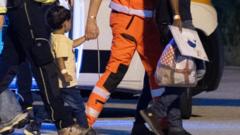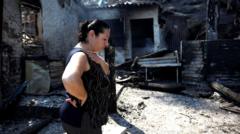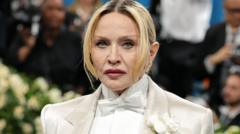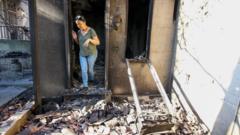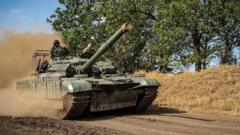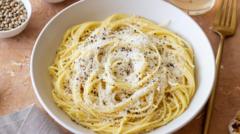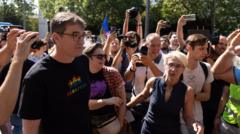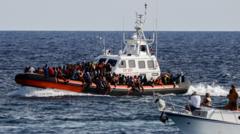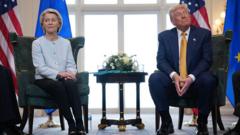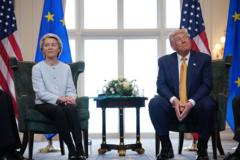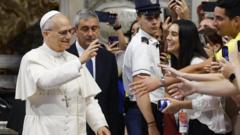The recent election of Cardinal Robert Prevost as Pope Leo XIV showcases both tradition and transformation within the Catholic Church, revealing the intricate power dynamics of a conclave filled with varying allegiances and expectations.
Unexpected Rise: How Cardinal Robert Prevost Became Pope Leo XIV

Unexpected Rise: How Cardinal Robert Prevost Became Pope Leo XIV
Cardinal Robert Prevost's ascension to the papacy as Pope Leo XIV marks a significant moment in Vatican history, shifting dynamics amid a diverse conclave.
In a surprising twist of events at the Vatican, Cardinal Robert Francis Prevost, an unassuming American cleric, has been elected as the new Pope, taking the name Leo XIV. The conclave that led to this decision was marked by a lengthy meditation and intense deliberations among the cardinals, many of whom found themselves hungry and weary by the time they finalized their choice.
Initially, Cardinal Pietro Parolin, the former Secretary of State, seemed poised to assume the papacy, enjoying strong support due to his experience in managing the Vatican during Pope Francis's tenure. However, his appeal diminished as the Italian cardinals split in their endorsements and questioned his adaptability to the collaborative governance style championed by Francis.
Cardinal Peter Erdo, a conservative leader from Hungary, also entered the race but struggled to gain traction amid an electorate largely influenced by Francis’s appointments. Erdo’s backing, although strong among conservative factions, was ultimately insufficient to sway the votes needed for election.
As the conclave progressed, the unexpected emergence of Cardinal Prevost shifted the dynamics within the group. He became a focal point of interest, capturing the votes of cardinals seeking a fresh approach in light of the church's evolving landscape. Prevost’s quiet demeanor and thoughtful discourse resonated with those who longed for reform while maintaining the essence of Catholic tradition.
Contributing to the rapid consensus was the fact that the conclave's membership had expanded, including new cardinals whose views were shaped by contemporary challenges. This diversity among participants may have facilitated a quicker decision-making process than usual, leading to Prevost's elevation to the papacy.
With Cardinal Prevost’s election as Pope Leo XIV, the Catholic Church now stands at a crossroads, faced with the task of navigating cultural and theological complexities while honoring its rich history. The implications of this choice will undoubtedly unfold in the coming years, influencing both internal church affairs and its global outreach amidst an increasingly polarized world.
Initially, Cardinal Pietro Parolin, the former Secretary of State, seemed poised to assume the papacy, enjoying strong support due to his experience in managing the Vatican during Pope Francis's tenure. However, his appeal diminished as the Italian cardinals split in their endorsements and questioned his adaptability to the collaborative governance style championed by Francis.
Cardinal Peter Erdo, a conservative leader from Hungary, also entered the race but struggled to gain traction amid an electorate largely influenced by Francis’s appointments. Erdo’s backing, although strong among conservative factions, was ultimately insufficient to sway the votes needed for election.
As the conclave progressed, the unexpected emergence of Cardinal Prevost shifted the dynamics within the group. He became a focal point of interest, capturing the votes of cardinals seeking a fresh approach in light of the church's evolving landscape. Prevost’s quiet demeanor and thoughtful discourse resonated with those who longed for reform while maintaining the essence of Catholic tradition.
Contributing to the rapid consensus was the fact that the conclave's membership had expanded, including new cardinals whose views were shaped by contemporary challenges. This diversity among participants may have facilitated a quicker decision-making process than usual, leading to Prevost's elevation to the papacy.
With Cardinal Prevost’s election as Pope Leo XIV, the Catholic Church now stands at a crossroads, faced with the task of navigating cultural and theological complexities while honoring its rich history. The implications of this choice will undoubtedly unfold in the coming years, influencing both internal church affairs and its global outreach amidst an increasingly polarized world.

